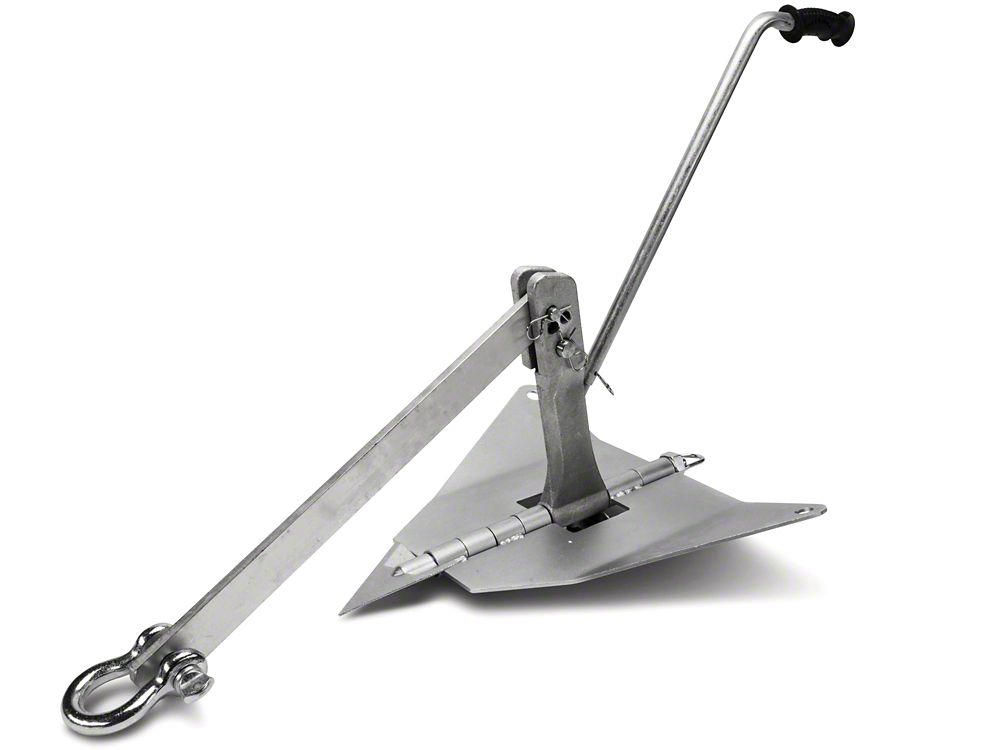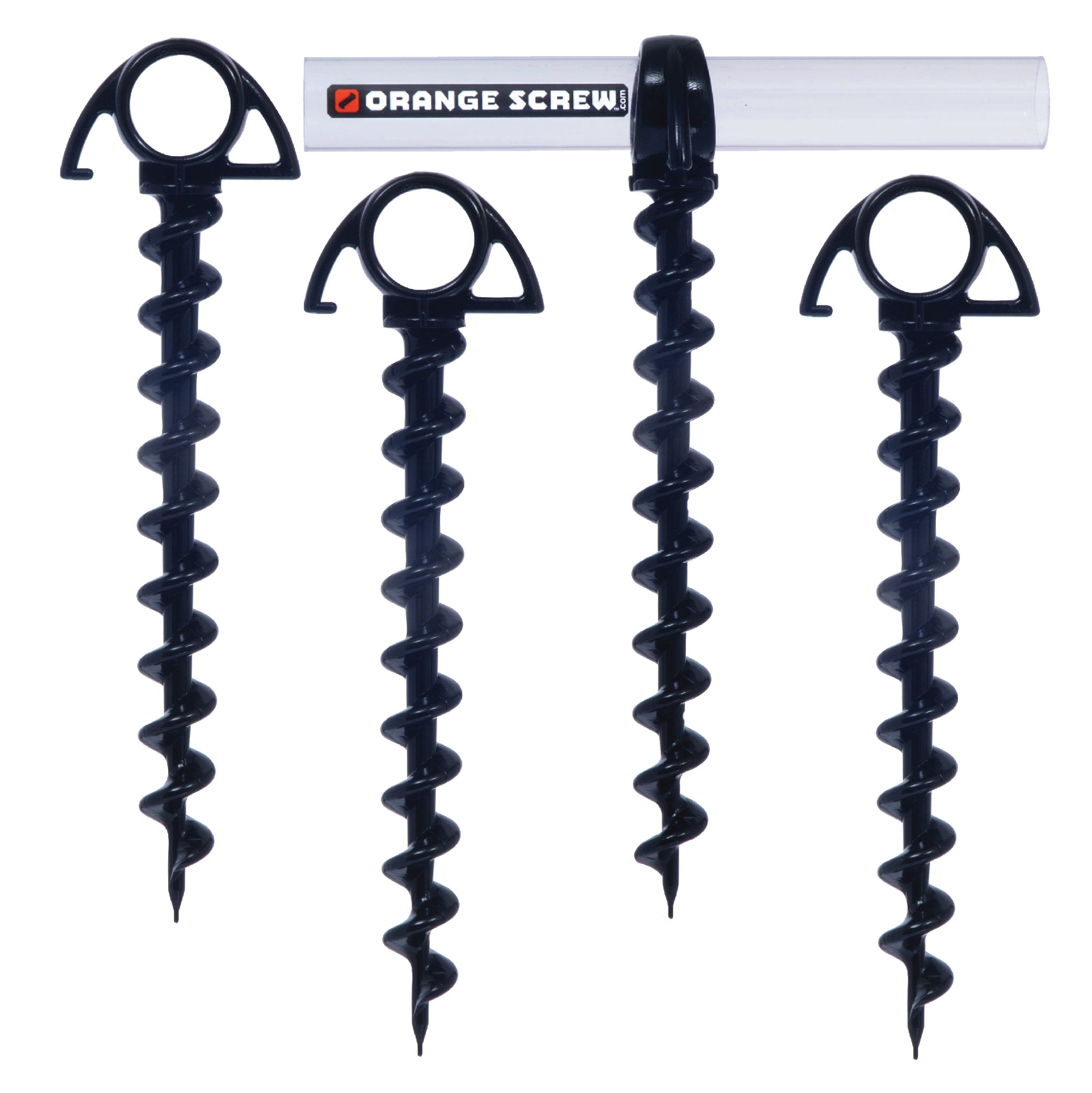Advantages of a High-Quality Ground Anchor for Better Security
Advantages of a High-Quality Ground Anchor for Better Security
Blog Article
Discover the Different Types of Ground Support for Your Next Project
From auger supports, which stand out in diverse soil problems, to risk anchors designed for temporary installments, the choices are various. Additionally, concrete and screw supports existing special advantages in details scenarios, while deadman supports are customized for applications calling for resistance to side forces.

Auger Anchors
Auger supports are a popular selection in different building and landscape design projects because of their distinct layout and reliable securing capabilities. These anchors consist of a helical screw-like shaft that is driven into the ground, allowing for a secure and stable hold. The spiral design assists in easy installation and makes best use of resistance versus lateral pressures, making auger supports specifically reliable in applications such as fencing, temporary frameworks, and disintegration control.
The installment procedure of auger supports is fairly simple. They can be manually or mechanically mounted, depending on the size and needed depth. This versatility permits their usage in diverse dirt problems, from sandy to clayey surfaces. Auger supports can be easily eliminated and reused, which adds to their cost-effectiveness and sustainability.
One of the significant benefits of auger supports is their capability to distribute loads uniformly across the surrounding dirt, minimizing the danger of soil disruption and minimizing ecological influence. Furthermore, they are much less susceptible to loosening up or heaving with time compared to typical securing approaches. Auger supports are a superb option for projects calling for sturdy and trusted anchoring solutions.

Risk Anchors
When it comes to securing frameworks in a range of outdoor applications, stake anchors use a trustworthy and simple option. These anchors are generally built from sturdy materials such as steel or light weight aluminum, designed to withstand environmental stress and anxieties while supplying optimum security. Their straightforward layout allows for quick setup, making them an excellent option for short-lived or long-term anchoring demands.
Stake anchors are specifically valuable in protecting camping tents, covers, and various other lightweight structures versus wind and weather condition. They work by being driven right into the ground at an angle, developing a solid hold that stands up to pull-out forces - Ground Anchor. The effectiveness of stake anchors relies on several variables, including soil type, dampness material, and the angle of installment
For included safety and security, several risk supports come with accessory factors for straps or ropes, permitting stress adjustments as required. In applications such as landscape design or building, they can efficiently stabilize equipment or frameworks on irregular surface. On the whole, risk supports offer a cost-efficient and functional option for securing different outdoor installments, making them a recommended choice for contractors and do it yourself fanatics alike.
Concrete Anchors
Concrete anchors supply a robust solution for securing frameworks to concrete surface areas, making certain stability and security in various applications. These anchors are crucial for projects varying from household constructions to large industrial setups. They are available in different types, including development supports, adhesive anchors, and undercut anchors, each made for particular tons needs and ecological problems.
Glue supports utilize high-strength epoxy or material to bond the support to the concrete, using superior load-bearing capacities, particularly in cracked concrete scenarios. Undercut supports create an unique shape within the concrete, supplying exceptional holding power, particularly in applications where tensile lots are widespread.
When implemented correctly, concrete anchors significantly boost the architectural integrity of numerous tasks, making them indispensable in contemporary building and construction techniques. Understanding the particular demands of your job will help in choosing the appropriate type of concrete support for the task.
Screw Anchors

Screw supports are a functional securing service that can be properly used in a selection of applications where typical concrete supports might not be sufficient. These supports consist of a helical design that permits them to be quickly driven into the ground, making them excellent for use in dirt and various other substrates. Their distinct framework gives outstanding holding power and resistance to pull-out forces, making them suitable for countless tasks, from landscape design his comment is here to architectural support.
Among the main advantages of screw supports is their ease of installment. They require very little tools and can commonly be installed without the need for excavation, which saves both time and labor prices. Furthermore, screw anchors can be eliminated and recycled, offering a lasting remedy for short-term applications.
Screw anchors are especially valuable in locations where soil problems are testing, such as loosened or sandy dirts. Their capability to be installed at differing depths permits customization based upon specific task needs. On the whole, screw supports give a dependable and reliable securing approach, making them an excellent choice for designers and professionals seeking efficient options for their projects.
Deadman Anchors
Deadman anchors serve as a robust option for maintaining structures in difficult problems, especially where standard anchoring approaches might fail. These supports contain huge, heavy objects hidden underground, which create resistance versus lateral forces. The style generally involves a straight part, such as a block of concrete or a steel plate, buried in the soil, pop over to these guys to which straps or cords are attached.
The performance of deadman supports exists in their capacity to disperse tons over a larger area, decreasing the threat of failure in unsteady soil problems. They are specifically useful in applications such as retaining wall surfaces, momentary structures, and incline stabilization, where soil activity can jeopardize the integrity of the structure.
Installation of deadman anchors requires careful planning to ensure they are put at the proper deepness and positioning, maximizing their load-bearing capability. While they may require even more labor and material than light-weight supports, their reliability in negative problems makes them very useful for long-lasting tasks. In addition, deadman anchors are versatile and can be adjusted to various applications, making them a go-to selection for engineers facing unique challenges in their projects.
Final Thought
In recap, choosing the suitable sort of ground anchor is crucial for making certain stability and safety in various tasks. Auger supports master diverse soil conditions, while risk anchors match temporary applications. For concrete surface areas, development and sticky supports provide trustworthy options, and screw supports use convenience in challenging surfaces. Deadman supports are particularly reliable in standing up to lateral pressures for keeping wall surfaces. Careful consideration of these alternatives will certainly boost job outcomes and structural honesty.
In addition, concrete and screw anchors present unique advantages in details circumstances, read here while deadman anchors are tailored for applications needing resistance to lateral pressures - Ground Anchor.Auger anchors are a preferred option in different construction and landscaping tasks due to their unique design and efficient securing abilities. They come in various types, consisting of expansion supports, adhesive anchors, and undercut supports, each designed for certain load requirements and environmental conditions
Sticky anchors use high-strength epoxy or material to bond the support to the concrete, providing superior load-bearing capabilities, particularly in split concrete circumstances. In general, screw anchors offer a reputable and reliable anchoring approach, making them an excellent option for service providers and designers looking for reliable solutions for their tasks.
Report this page